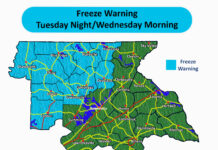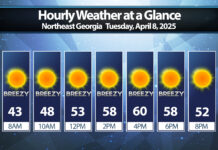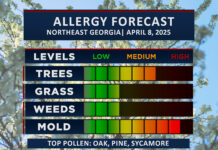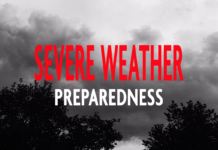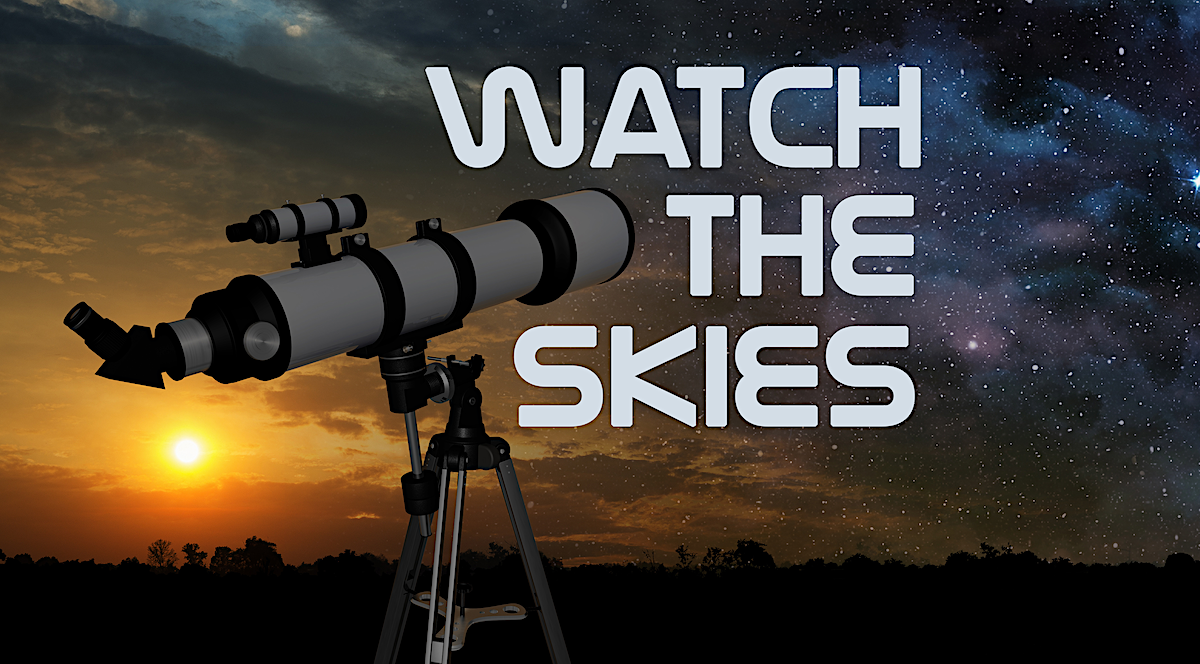
For this week’s edition we are going to change gears entirely. As John Cleese would say: “and now for something completely different”.
There is a very good chance you have never heard the word “atoptics”. I hadn’t either until a few years ago, but it is just a mashed up version of atmospheric optics, with just a few less syllables. Atmospheric optics covers a variety of things. From rainbows to rays it is a catchall term for anything cool looking caused by sunlight shining on or through stuff. There are a lot of things but we’re just going to cover a handful of the more common ones, starting with rainbows.
Rainbows: Everyone has seen one, and likely taken pictures of them. Personally I have spent many hours driving up and down the Blue Ridge Parkway of North Carolina hunting for rainbows in all seasons. They are caused by the sun shining through water droplets as they fall from clouds. Rainbows always occur either early or later in the day when the sun is low on the horizon and they are always opposite the sun. The water droplets reflect the sunlight and act as a prism that separates the white sunlight into its individual colors. Red on the outside followed by orange, yellow, green, blue, indigo and violet (ROY G BIV). With bright enough sunlight a secondary bow can form, what we call a double rainbow. This is a reflection of the primary rainbow and thus it appears “backwards” with red on the inside and violet on the outside. And, if you’ve ever noticed that the inside part of a rainbow is brighter than the outside you are right! The light reflects towards the “center” of the rainbow making it appear brighter.
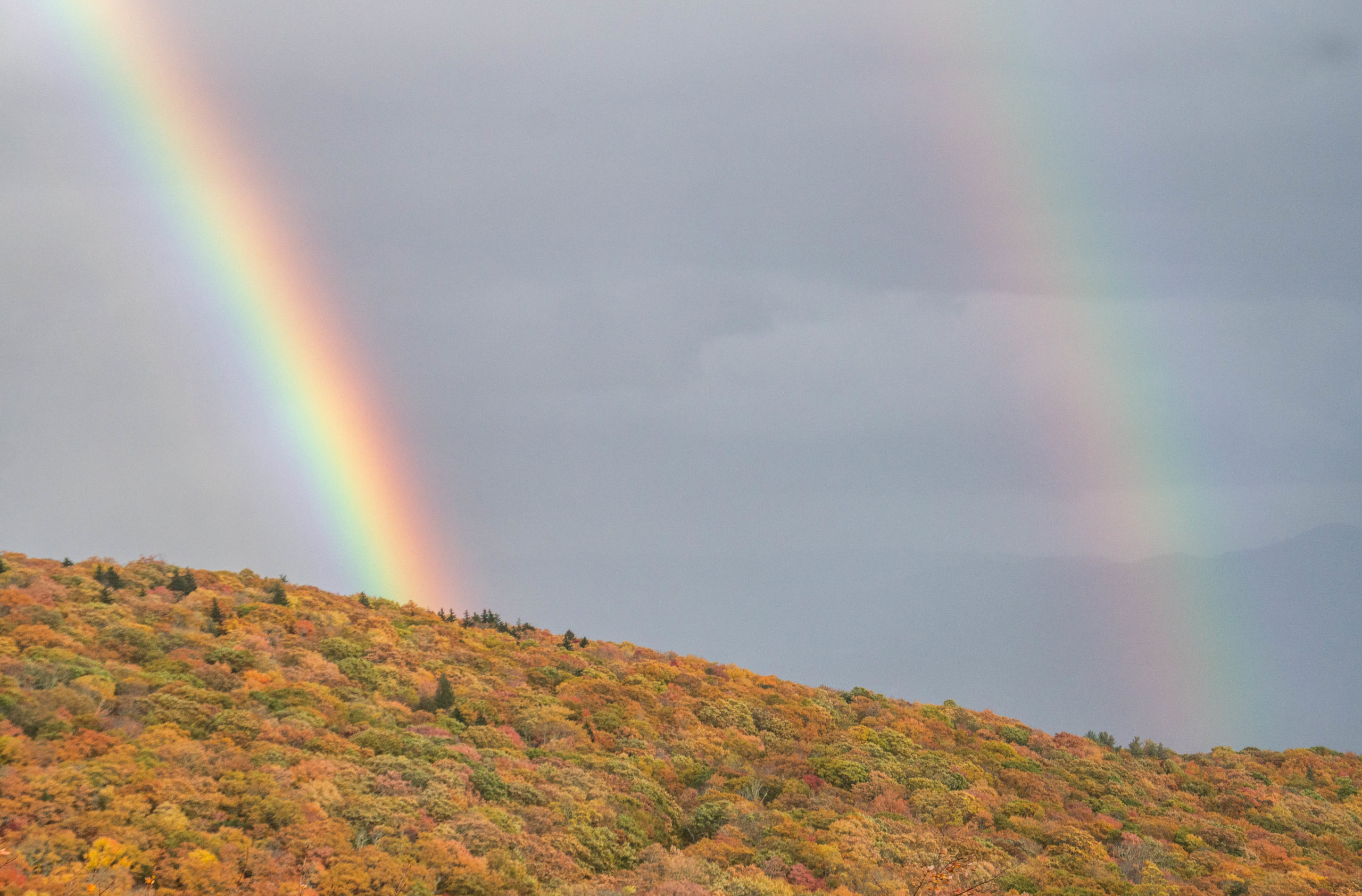
22 Degree Halos: Closely related to, but wildly different than, a rainbow is a 22 degree halo. This is something virtually everyone has seen at one point or another and are common throughout the year. When high, moderately thin cirrus clouds move in front of the sun a “rainbow” can form around the sun forming a partial or complete halo. In Northeast Georgia these are most common ahead of cold fronts or on the outskirts of Gulf/Atlantic based low pressure systems when wide areas of high cirrus clouds move into the region. These halos can vary from appearing mostly as just a bright white with barely any color to full blown well defined bows. They are always the exact same size and distance from the sun.

There are numerous other forms of bows that can develop around the sun. I won’t go into all of them but the second most common large bow is the circumzenithal arc which can be seen as the bright bow facing away from the sun in the image below. These form in a similar fashion to halos but farther away as a reflection (similar to a double rainbow).
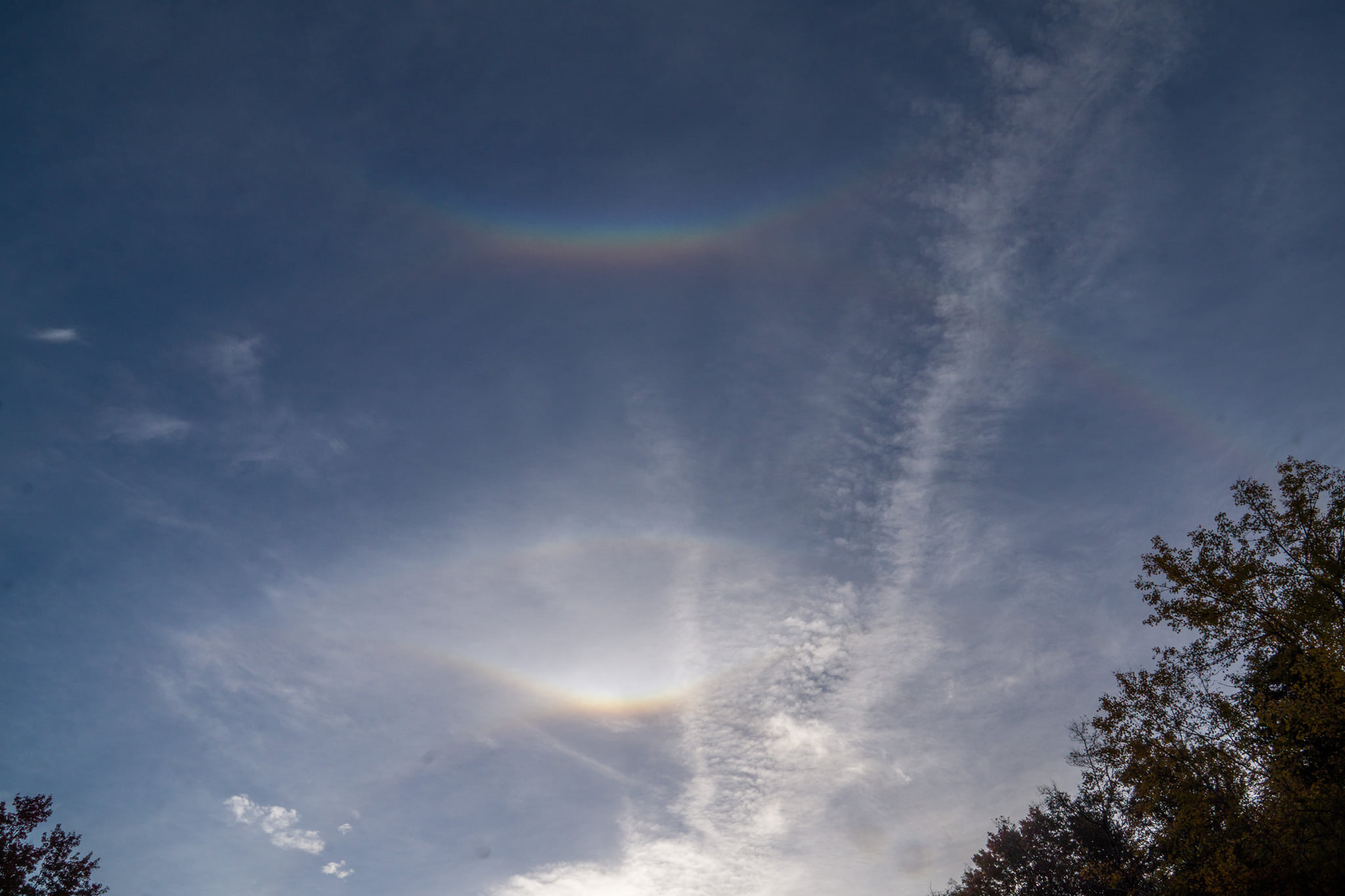
Crepuscular Rays: Arguably one of the most beautiful phenomena are crepuscular rays. Everyone has seen these beautiful rays caused by sunlight shining through gaps in the clouds. These are extremely common with some occurring pretty much every day there is broken cloud cover. They are simply shadows being cast by the clouds creating large sweeping rays of light. Similar to these are anti-crepuscular rays. If you are ever facing away from the sun at sunset and see large shadows, these are considered “anti” crepuscular since they are dark rather than light.
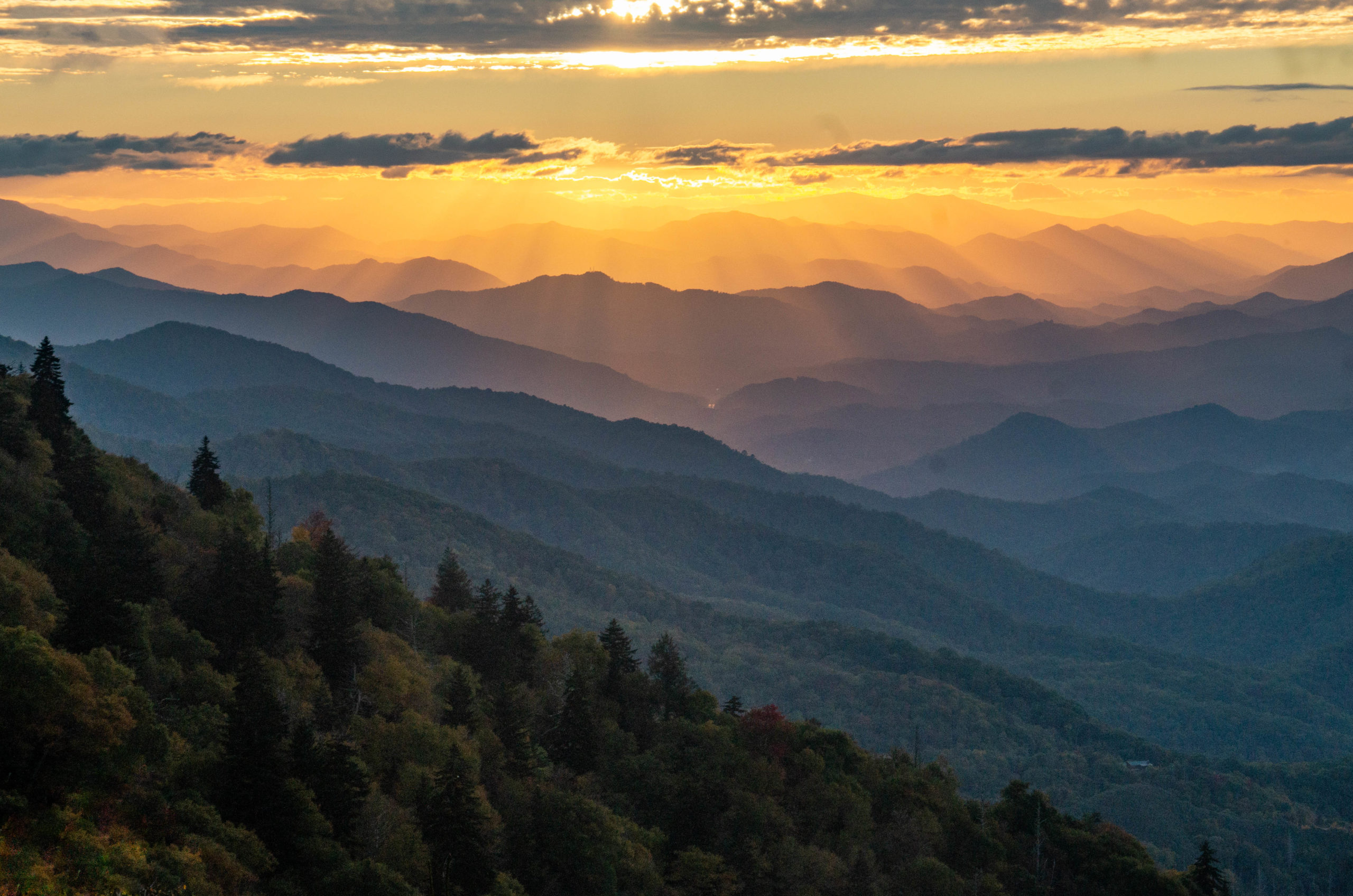
Earth’s Shadow: If you’ve ever wondered if the Earth is round, there is a pretty simple way to see it for yourself. When facing away from the sunset you can see a belt of darker sky visible near and just up from the horizon. This area is literally the shadow of the Earth. Since the Earth is between the sun and the atmosphere facing west you can see the shadow being cast. It bends slightly along the horizon showing easily the curvature of the Earth!

Iridescence: The last thing we will cover is one that happens a lot during the colder weather. Iridescence is the reflection of sunlight off uniform ice crystals or water droplets in very high, thin clouds. It is most common around the edges of thin clouds where sunlight hits only 1 water droplet or ice crystal. These can appear as a myriad of colors in no particular order. They are often hard to see with the naked eye but a simple pair of sunglasses can make them easier to pick out. These are particularly beautiful and I tend to see more of them in the colder months when extremely thin clouds are more common due to weather patterns locally.
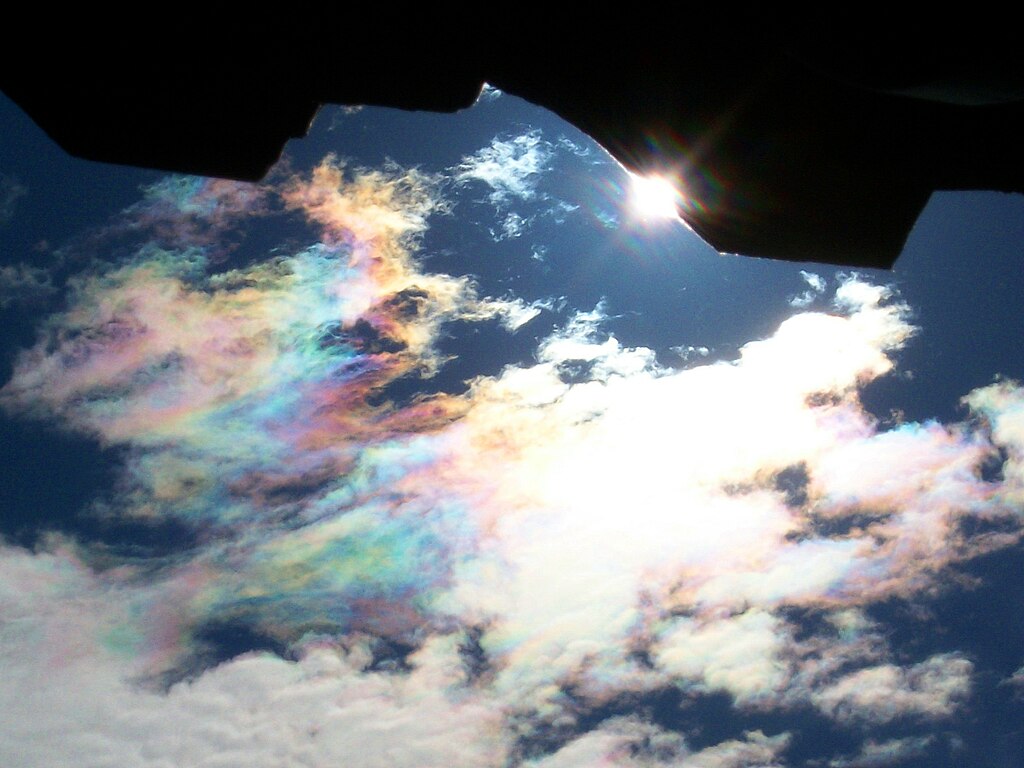
We’ll have some high clouds rolling in this week by Thursday and plenty more over the coming months so keep an eye out for these and any other phenomenon!
And, as always, watch the skies! Both at night and during the day!


